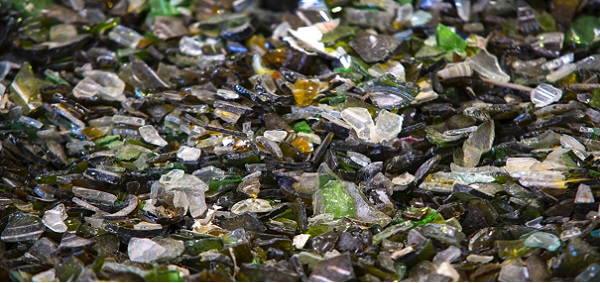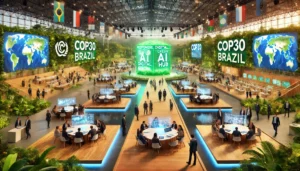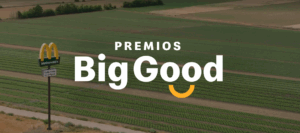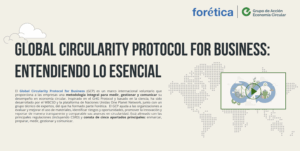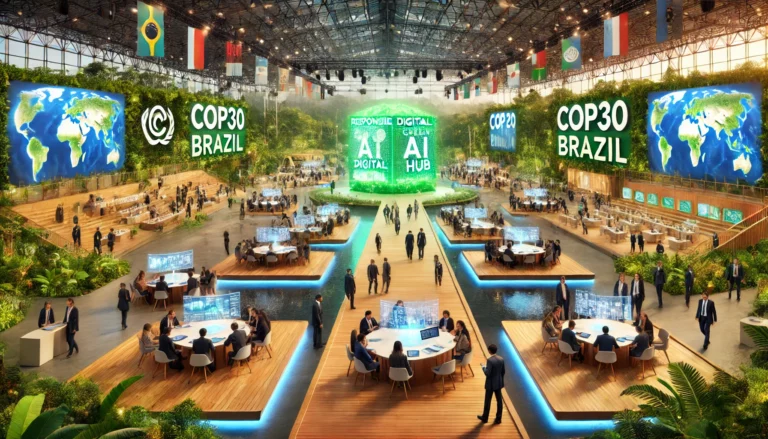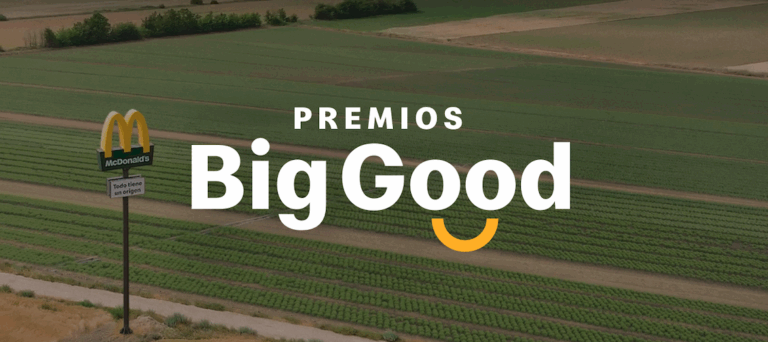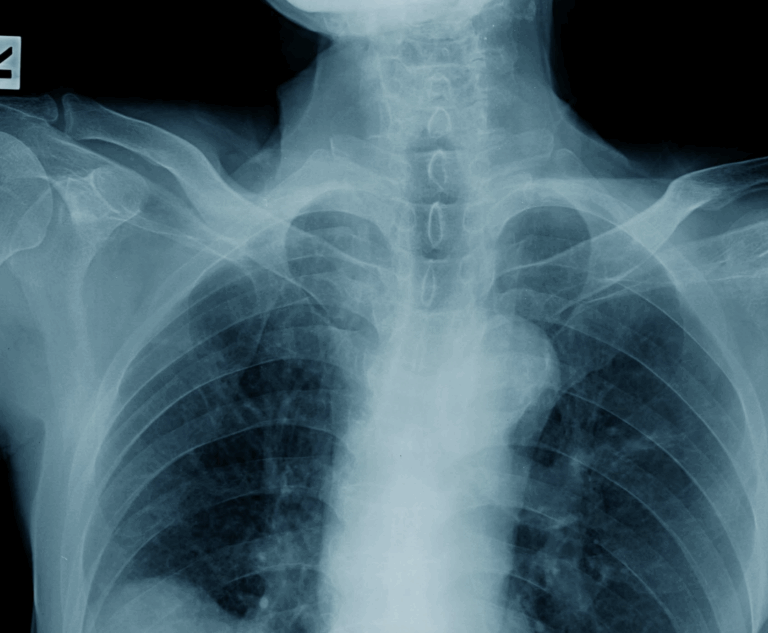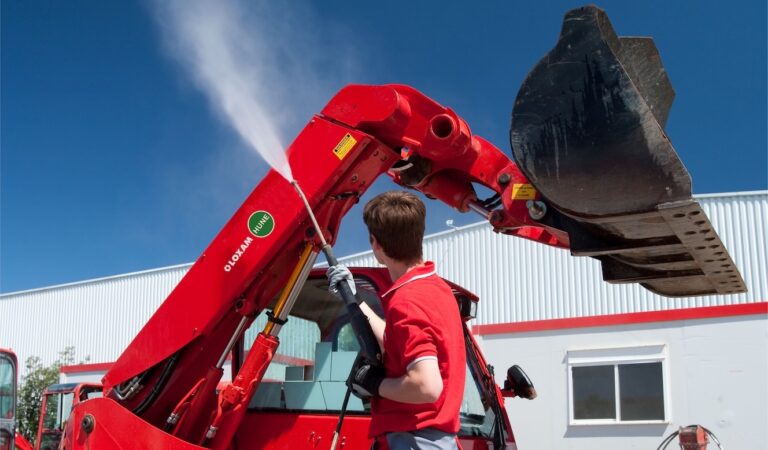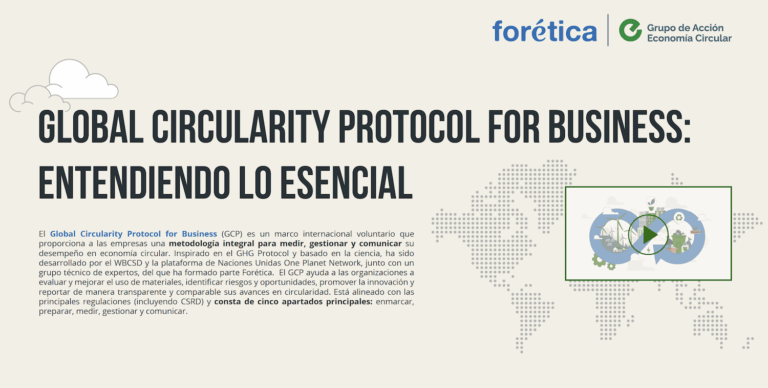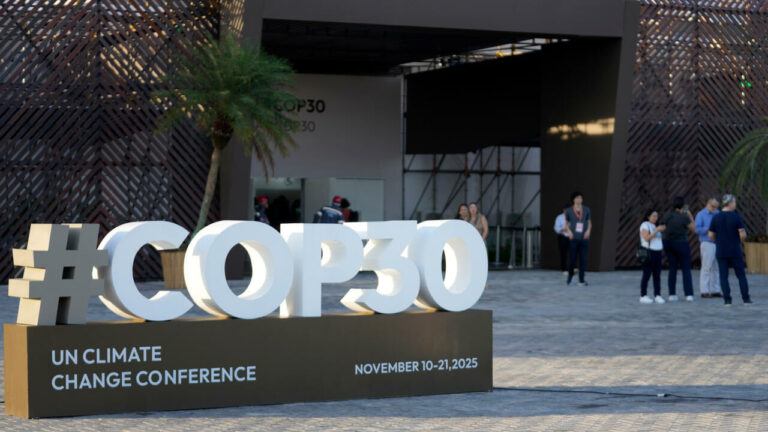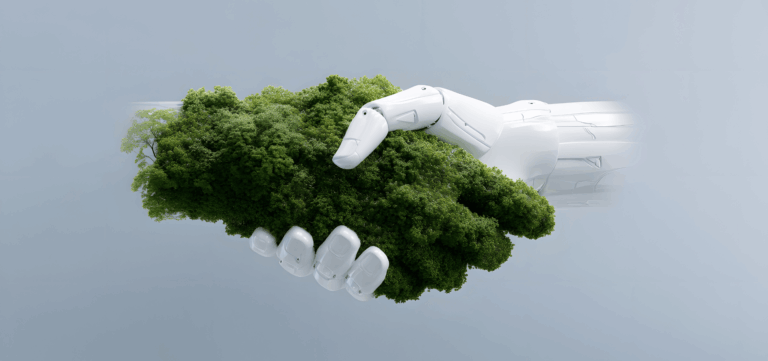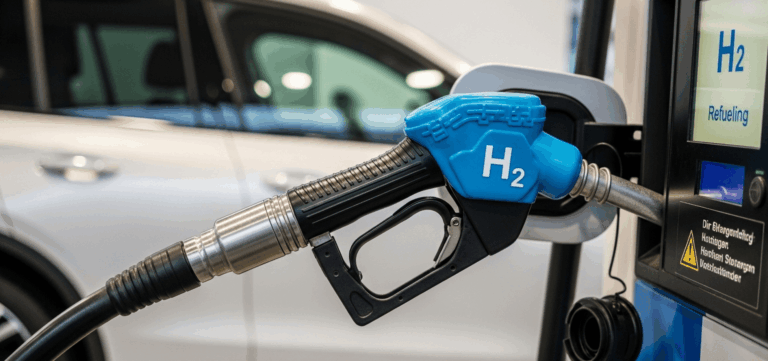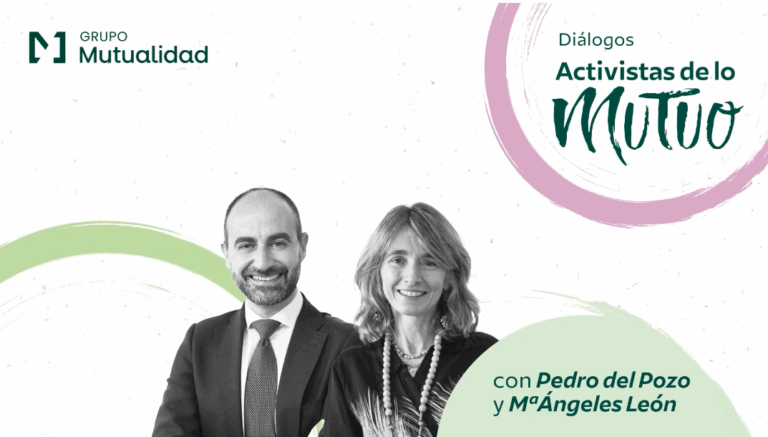Cada año, por estas fechas, en Ecovidrio publicamos, con ilusión y transparencia, los resultados de recogida de envases de vidrio del ejercicio anterior. Y ahora nos toca contar cómo ha ido el 2020. El año marcado por la Covid-19, ha golpeado los pilares de nuestra economía, ha convertido la salud global en un problema individual y ha dado la vuelta a nuestra forma de vivir y trabajar. Pero también nos ha recordado la importancia de una biodiversidad rica, que actuar frente a la emergencia climática no debe ser una elección tibia y que la recuperación pasa por la sostenibilidad y la digitalización.
Por todo lo anterior, no podemos empezar este artículo con una palabra que no sea “gracias”. Gracias a los ciudadanos que depositaron una media de 8 millones de envases de vidrio al día en los más de 235.000 contenedores verdes que existen repartidos por todo el territorio.
Para ilustrar este agradecimiento daremos algunas cifras, recordemos que en 2020 los españoles reciclaron 843.049 t de residuos de envases de vidrio, una media de17,8 kg por persona. Estos resultados desvelan que el hábito de separar envases de vidrio no solo se consolida, sino que atraviesa uno de sus mejores momentos.
Si bien es cierto que el total de envases de vidrio recogidos descendió un 6%, esto se debió a las restricciones del turismo y del sector hostelero (que genera el 50% de los envases de vidrio del mercado). Esta caída está significativamente por debajo del descenso del consumo estimado en envases de vidrio (alrededor del 11%, en línea con la caída del PIB) y pone de manifiesto que los hogares han “tirado del carro” y han reciclado con más frecuencia e intensidad.
Otro indicador de que el reciclaje de envases de vidrio goza de buena salud es que la tasa de reciclado de 2018 (último dato oficial disponible) se sitúa en 76,8%, por encima de la media europea y de países como Reino Unido (68,5%), Italia (73,4%) y Francia (76,2%). La buena noticia, además, es que esta tasa continuará creciendo en 2019 y 2020, ya lo verán.
No podemos olvidar que reciclar es un gran impulso a la economía circular y contribuye directamente al cumplimiento de la Agenda 2030, con especial énfasis en:
- ODS 12 Producción y consumo responsables
- ODS13 Acción climática
- ODS 11 Ciudades Sostenibles
- ODS 17 Alianzas para lograr los Objetivos
Y, en este sentido, en 2020 el reciclaje de envases vidrio ha logrado:
- Evitar la emisión de 525.943 t de CO2, una cantidad equivalente a dar la vuelta al mundo en avión 133 veces por el ecuador de la Tierra.
- Evitar la extracción de 1.088.159 t de materias primas (arena, sosa y caliza), un peso equivalente a casi 50 veces el Acueducto de Segovia.
- Ahorrar 647.636 Mwh de energía, equivalente al consumo energético de los hospitales de toda España durante casi 2 meses.
Pero estos logros no solo nuestros, así que este agradecimiento es también para la industria envasadora, para los ayuntamientos y para toda la red (más de 200 pymes y grandes compañías) que forman la cadena de reciclado.
Por estas fechas, cada año, también dibujamos nuestro futuro. Ya tenemos la hoja ruta para superar con creces las exigencias de la Unión Europea (Plan Estratégico de Reciclado de Envases de Vidrio 2025) y una inversión comprometida de 500 millones de euros en cinco años para implementar técnicas de business intelligence, intensificación de acciones y perfeccionamiento de la recogida entre otros proyectos.
Pero no solo eso. Ser un referente en la gestión de los residuos pasa también por minimizar nuestro impacto ambiental. Esto se traduce en reducir las emisiones de la recogida de residuos de envases de vidrio con flotas de propulsión limpia y eficiente. Además, impulsaremos la eficiencia energética de las plantas de tratamiento y velaremos para que todas las operaciones sean más respetuosas con el entorno. En resumen, que la cadena de reciclado sea, cada día, más sostenible.
Contamos con la ambición necesaria y la ilusión del primer día. Por fin tenemos el viento a favor para las cuestiones ambientales. En Ecovidrio ya trabajamos para la salida de esta crisis sea más verde y la transición hacia la economía circular sea ágil y certera.

